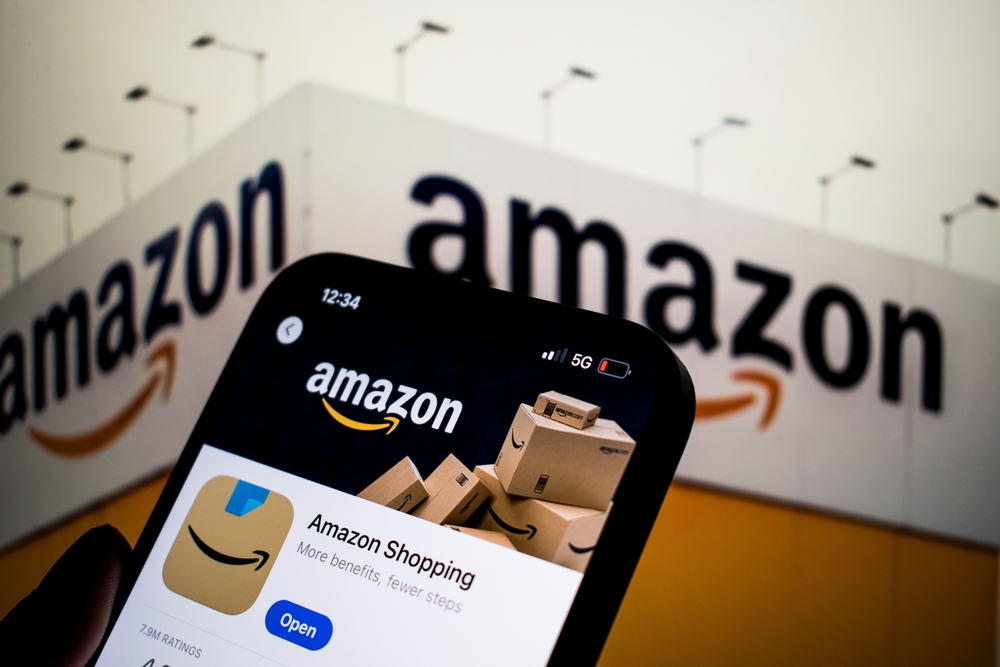Amazon is once again in the legal spotlight, this time for allegedly driving up prices across its online marketplace. A federal judge recently ruled that Amazon must face a nationwide class action lawsuit, accusing the company of inflating third-party seller fees that ultimately caused consumers to pay more for products.
The lawsuit, often referred to as the Amazon Prices Class Action Lawsuit, centers on claims that Amazon’s marketplace policies prevent sellers from offering lower prices on other online platforms. By enforcing these policies, Amazon is accused of maintaining artificially high prices, not just on its own site, but across the broader e-commerce market.
If successful, the case could lead to financial compensation for millions of Amazon shoppers and force significant changes to the company’s pricing strategies.
What Is the Amazon Prices Lawsuit About?
At the heart of the case is Amazon’s third-party seller fee structure and its “platform most-favored-nation” (PMFN) policy, a clause that allegedly forbids sellers from offering cheaper prices on competing marketplaces like Walmart, eBay, or Target.
According to the plaintiffs, this policy effectively locks in higher prices for consumers. Some sellers who might otherwise offer discounts elsewhere can’t do so without risking penalties, such as losing their visibility on Amazon search results or being delisted entirely.
The lawsuit claims that these rules amount to anti-competitive behavior, allowing Amazon to maintain dominance in the online retail space while potentially overcharging consumers who often have little choice but to shop through the platform.
Who Is Involved in the Lawsuit?
The class action is being led by a group of consumers and third-party sellers who argue that they’ve been financially harmed by Amazon’s pricing practices. The defendants are Amazon.com Inc. and its affiliates.
In September 2025, a U.S. federal judge officially allowed the case to proceed as a nationwide class action, meaning millions of Amazon shoppers are automatically included if they meet the eligibility criteria.
This decision represents a major step forward for plaintiffs, as Amazon had attempted to have the case dismissed. The court found that there was sufficient evidence to move forward, marking a significant legal challenge for one of the world’s largest retailers.

Who Is Eligible for the Amazon Class Action Lawsuit?
Consumers who purchased more than five items on Amazon’s marketplace after May 2017 are automatically part of the certified class. There’s no need to file a claim at this stage. Updates on how to receive compensation (if the plaintiffs win or a settlement is reached) will be provided as the case progresses.
If the lawsuit is successful, consumers could be reimbursed for the inflated prices they paid for Amazon purchases. Beyond monetary relief, the case could also pressure Amazon to change its seller policies to promote fairer competition and lower prices for everyone.
Amazon’s Response
While Amazon has not admitted to any wrongdoing, the company has defended its practices, claiming that its policies are designed to protect consumers from unfair pricing and ensure competitive value across the platform.
In past statements, Amazon has said that sellers set their own prices and that the company simply seeks to prevent “price gouging or misleading pricing practices.”
Still, critics argue that these explanations don’t align with how the platform actually works. They claim that Amazon’s algorithms and policies favor higher-priced listings, which maximize its commissions, as Amazon earns a percentage on every sale.
Why This Lawsuit Matters for Consumers
The Amazon third-party seller lawsuit could reshape how online marketplaces operate. For years, consumer advocates have warned that Amazon’s market dominance gives it too much control over pricing, squeezing small sellers while leaving buyers with inflated costs.
If the court finds Amazon guilty of anti-competitive conduct, it could result in:
- Refunds or settlements for affected consumers
- Policy changes that allow sellers to list products at lower prices on other platforms
- Greater transparency in how Amazon determines pricing and seller visibility
The ripple effect could reach the entire e-commerce industry, encouraging fairer pricing models and reducing hidden markups that many consumers are unaware of.
What Happens Next
The case is currently in the litigation stage, with both sides preparing for discovery and further court proceedings. It may take months or even years for a verdict or settlement to be reached.
In the meantime, consumer rights attorneys recommend keeping an eye on official case updates, especially if you frequently shop on Amazon. Should the plaintiffs win, you may be entitled to compensation without having to take any action. Class members are included automatically unless they opt out.
Frequently Asked Questions (FAQ)
It’s a class action lawsuit alleging that Amazon inflated fees for third-party sellers, which were then passed on to consumers. The plaintiffs claim this practice led to higher prices across Amazon’s marketplace.
Consumers who purchased more than five items from Amazon’s marketplace after May 2017 are part of the class. No action is needed to join at this stage.
If the lawsuit results in a settlement or favorable judgment, eligible consumers will be notified by email or mail about how to claim their share. Updates will be posted on the official case website as they become available.
No. The lawsuit is still in progress. The court has only ruled that there’s enough evidence for the case to move forward.
If successful, the case could lower prices on Amazon and similar platforms, making online shopping more competitive and transparent.



Add Comment